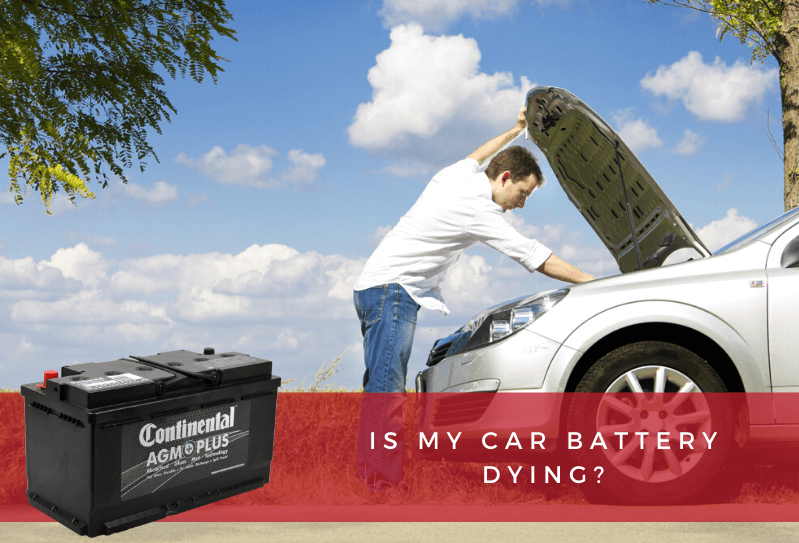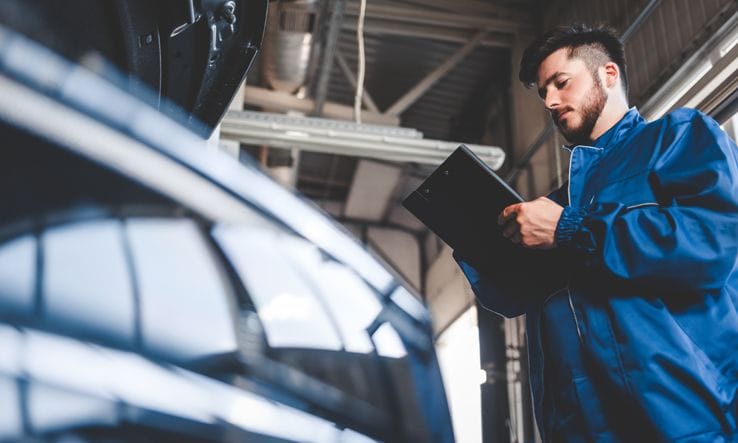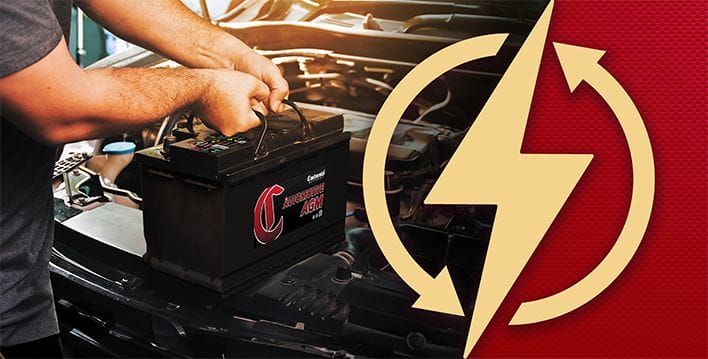
Too often we take our car or truck battery for granted. Then when it gets old or tired and we’re stuck somewhere with no ‘go’ power, the battery gets all the blame.
Most vehicles made from 1952 until present day use a “wet-cell” battery. That’s a plastic cube containing sulfuric acid and lead, with two terminals coming out of the top or the side. If you have an aftermarket battery with special needs, such as a dry-cell battery or a hybrid battery like in a Prius, the maintenance guidelines are different.
Batteries can be tricky to diagnose, but one of the most common problems is simply a loose or unstable battery. Your battery is like the vehicle’s heart and without it, there’s no ‘go’ power to do anything.
Here are some common signs to help you understand the condition of your battery and perhaps avoid getting stuck somewhere.
Your engine tries to start, but doesn’t.
When your engine tries to start, but simply won’t, most likely it’s your battery. However, it could be your starter, but most of the time, it's your battery. Even if an ammeter (an instrument for measuring electric current in amperes) says the battery is good, it can still be a few volts shy of what your vehicle needs to run efficiently.
If you’re caught in this scenario, get a jump start and get it running so you can be on your way. Once your car is running again, disconnect the jumper cables and let your engine run for 30 minutes so that your alternator can charge up your battery.
Your engine won’t start at all and no lights come on.
There’s little question that your battery is bad in this case. Your battery powers all the accessories and lights in your car, especially when the alternator is not running. So, if your car seems to be completely dead, then your battery is the first thing to check.
Be aware that when your vehicle doesn't even have the juice to work the lights or turn over the engine, it could be a combination problem involving your alternator as well.
One day your car starts fine; the next day it won't start at all.
If starting is irregular, it could be a sign that either your battery terminals are loose, broken, corroded, or calcified; or a parasitic draw may have drained your battery (dome lights left on or a screen on an aftermarket stereo); or by a possible wiring/electrical issue.
- Check the battery cables first. This is the best place to start and is easy to check yourself.
- Make sure the cables fit firmly and securely on the battery posts. There should be zero wiggle room. Check for frayed or worn cables, too, and replace them.
- A parasite draw is when something is draining your battery. For instance, if your car starts right up and you drive it several days in a row, but then fails to start if you let it sit for a day. You or your mechanic should use an ammeter or voltmeter to check your alternator, accessory lights, fuses, radio, alarm, and all other components that might be draining your battery.
Slow start when it’s cold out.
Most batteries will have a top label with specifications, one of those should indicate a number for "Cold Cranking Amps.” Generally speaking, the higher the number the more power that is available to crank the engine.
If it’s really cold outside, it’s fairly normal for your vehicle to have a slow start. Not only is gas hard to vaporize and oil gooey when it’s cold, batteries deliver only half their normal power when the temperature is 0˚F(CCA) (and only a third of their power when it's 32˚F typically referred to as MCA or CA). But, if your car doesn’t go back to a reliable “cold” crank when the weather warms up, it might be time for a new battery.
There is the possibility that your battery was not big enough for your vehicle in the first place. Check out our online battery finder tool or ask your local parts store to recommend the appropriate BCI Group and CCA rating for your vehicle.
You've jump started your battery multiple times.
If you have to jump your vehicle more than three times in a single week, it's time to replace your battery. Using a jump box or jumper cables is hard on your battery. They work by figuratively "shocking" it back to life.
When it comes time to invest in a new battery, it’s good to know who you can trust and that name is Continental Batteries. We have dealers all over the country, so visit our website to find the location in your neighborhood. Our batteries go by many different names, but one thing you can count on -- Continental quality that won’t let you down.
Continental Battery is a renowned battery distributor of high quality batteries and service with 75 nationwide branches and 20,000 dealer locations throughout the U.S. We got our start 88 years ago in downtown Dallas, and today we follow the same guiding principles that we did then: battery excellence, friendly customer service, and a commitment to trust and reliability. Find a Continental Battery location near you.






